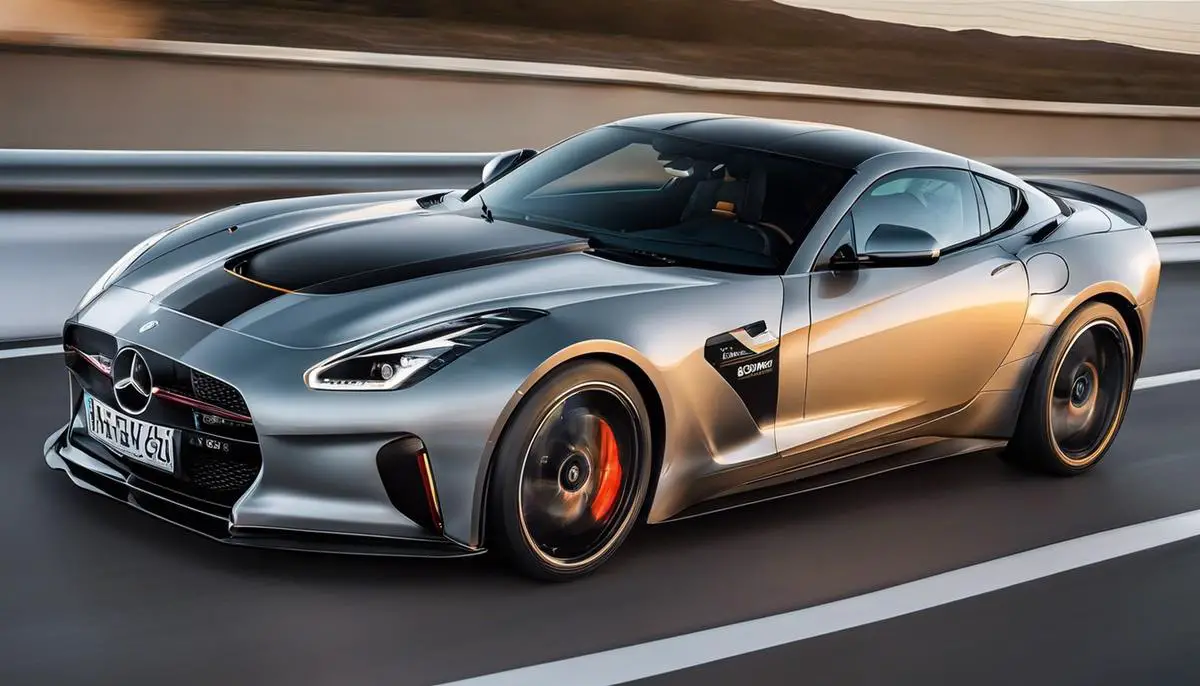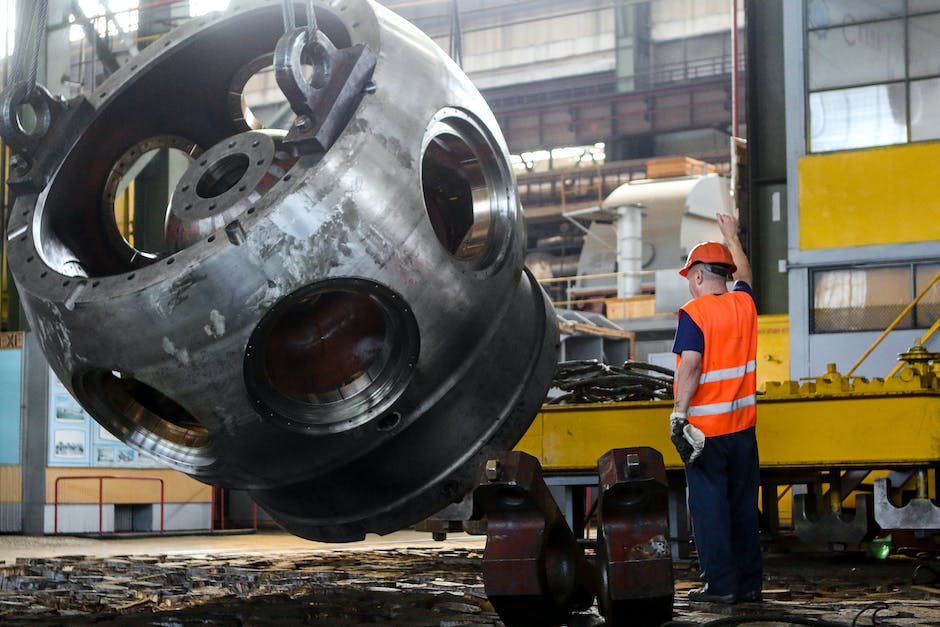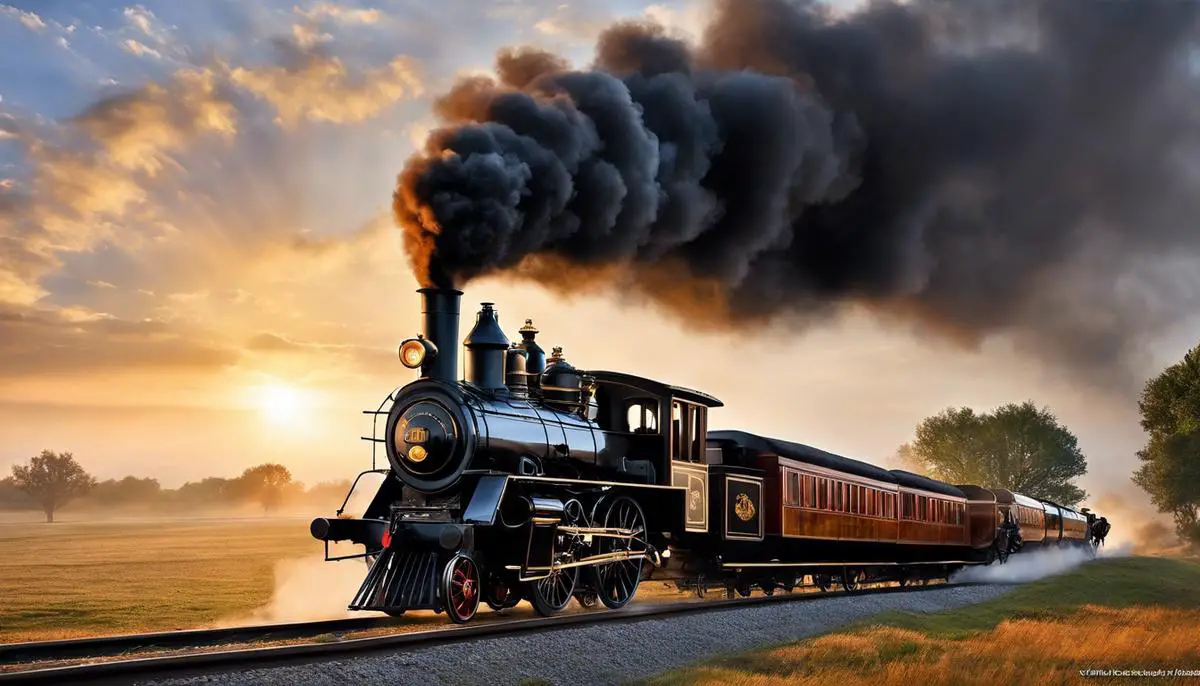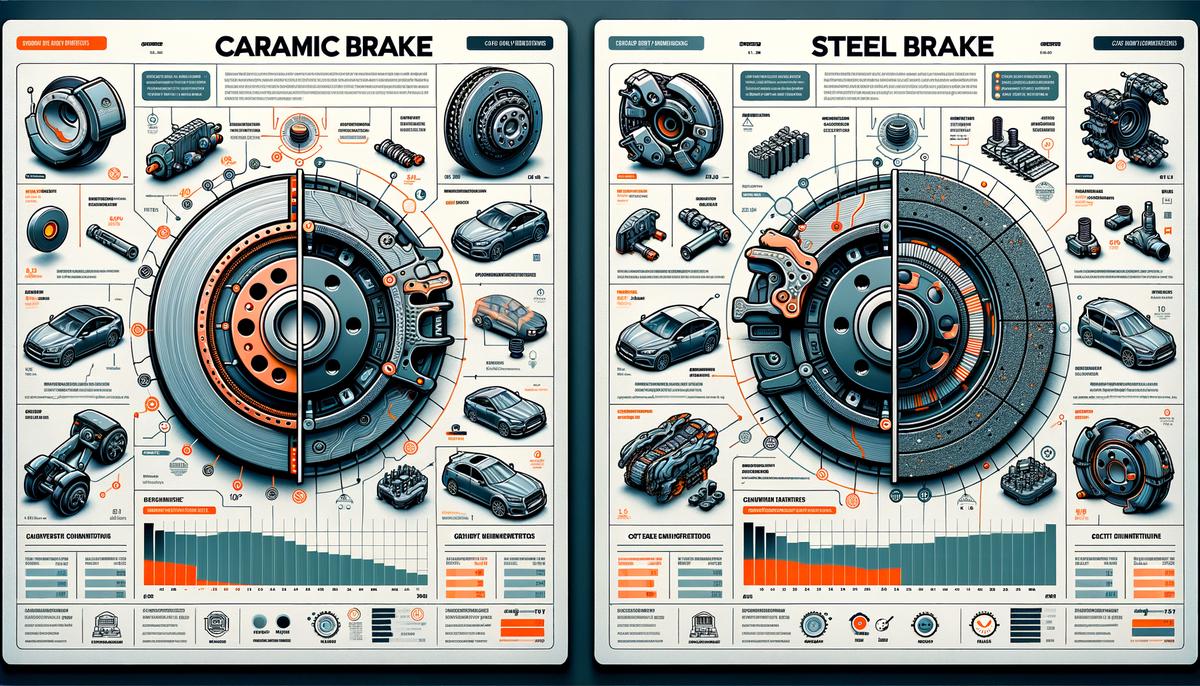When we witness the might of machinery or feel the roar of an engine, we’re often swept up in the sheer power it represents. But how do we quantify this power? Throughout history, the pursuit to measure the capture of energy and muscle, be it mechanical or animal, has led us to adopt intriguing units of power. Through the contribution of innovators like James Watt, we have been gifted with the term ‘horsepower,’ a vivid descriptor that has stood the test of time. On the other hand, the kilowatt, a product of scientific and mathematical rigor, represents the standard unit of power in the International System of Units and offers a modern perspective on quantifying the force behind our engines. Join us as we explore the genesis of these units and unravel the tapestry of energy measurement that powers our world.
Contents
Historical Context of Horsepower
Unbridled Power: The Tale of Horsepower
In the spirited world of engines and machinery, ‘horsepower’ is a term that gallops through conversations, spec sheets, and the hearts of enthusiasts. But ever wonder how this equine word trotted into the lexicon of power? It’s not just about wild mustangs or valiant stallions—it’s a tale of innovation during the industrial revolution, where muscle met machine in a dramatic showdown.
The horsepower story is hitched to a man named James Watt, an enterprising soul from the 18th century. Watt was busy improving the steam engine, keen on convincing people to switch from horses to his engines. However, to win this race, he needed a relatable measure of power, a way to say, “My engine can do the work of many horses!” An adept marketer, Watt observed ponies in coal mines and estimated that a single horse could do 22,000 foot-pounds of work in a minute. Adding a pinch of salesmanship, he rounded it up to 33,000 foot-pounds per minute. This savvy move didn’t just give his engines an edge—it also birthed a new unit of power.
Horsepower stuck around because it was practical, a figurative carrot dangled in front of industrial-era consumers allowing them to compare the might of mechanical steeds to the animals they knew well. Even as horses were replaced by engines, the term ‘horsepower’ clung to the collective harness of human vocabulary. Its legacy endures, a unit that revs up our understanding of power, from lawnmowers to sports cars, in a world where the roar of an engine often echoes the thundering hooves of history.

Understanding Kilowatts
Diving into the world of power measurement, the term “kilowatt” often sparks curiosity. Essentially, a kilowatt is a unit of power that reflects the rate of energy conversion or work done. To put it simply, it’s a measure of how much energy is being used or produced in a given moment. Unlike horsepower, with its equestrian roots, the kilowatt is a part of the International System of Units (SI), which might sound mighty familiar if someone has ever gazed at an electricity bill or examined the specifics of an electric car.
So, how does one wrap their head around kilowatts? Picture this: One kilowatt (kW) equals a thousand watts, and to grasp what a watt signifies, imagine a single joule – the standard unit of energy – being used up in one second. Therefore, when you hear that something is chugging away at, let’s say, 1 kW, it’s utilizing 1,000 joules per second. This is the bread and butter of those interested in electrical engineering, renewable energy, and anyone keen on cutting down that monthly electrical expenditure.
Now, the measurement of kilowatts is typically done through a device called an electricity meter, which might as well be considered a silent sentinel for energy use in a household or business. It tracks the electrical flow in kilowatt-hours (kWh), which is the consumption equivalent of 1 kW being used over the course of an hour. This crucial distinction between kW and kWh is what allows for an accurate assessment of energy use over time, crucial for managing energy resources efficiently. By understanding and measuring power in kilowatts, aficionados of this hobby are better equipped to optimize the performance of their devices, conserve energy, and even embrace renewable sources to sustainability and vivacity.

Conversion between Horsepower and Kilowatts
Converting horsepower to kilowatts represents a bridge between old and new, a sort of translation from the language of the industrial revolution to the dialect of modern electrical engineering.
Why do this? Well, because it simplifies comparisons and ensures coherence in a world that’s rapidly embracing electric power. It’s about apples-to-apples, ensuring we’re not mixing up fruit when talking about power outputs across different types of machinery and engines.
So, let’s talk turkey. One mechanical horsepower is equivalent to 745.7 watts. Therefore, to switch from horsepower to kilowatts, a simple multiplication won’t trip anyone up. Take the number of horsepower and multiply by 0.7457. Voila! The conversion is done. If you’ve got an engine that’s 200 horsepower, for instance, it’s roughly 149.14 kilowatts. This conversion is pivotal for industries shifting towards electric motors, where power is frequently mentioned in kilowatts. It also standardizes the terms between automobile engines and electric vehicle motors, which, as you can see, is quite practical.
Understanding both horsepower and kilowatts is essential in today’s world. Whether it’s about making educated choices regarding vehicles, understanding the dynamics of home appliances, or just good ol’ conversational knowledge at a backyard barbecue, knowing how to convert and why it matters puts power in the palm of your hand. With a whole world leaning more and more towards sustainable energy solutions and technological advancements in motor design, embracing these measurements isn’t just about keeping up — it’s about powering forward into a future where efficiency isn’t just ideal, it’s imperative.

Practical Applications in the Hobby
When choosing between horsepower and kilowatts for various applications, hobbyists must consider the domain and the norms of their particular interest area. The use of horsepower is deeply rooted in the automotive industry, especially when referring to the power of combustion engines. It carries with it a touch of tradition and a feel of raw, mechanical power. If someone is tinkering with a classic car or involved in the restoration of antique engines, horsepower will be the most familiar and widely accepted unit of measurement. In these circles, it’s less about the numbers and more about the shared language of vintage machinery lovers.
On the flip side, kilowatts shine in the modern arena of technology and sustainability, particularly when we talk about electrical appliances and electric vehicles. With the trend leaning towards green energy and efficient consumption, kilowatts become the go-to unit. It’s a clear choice here because this unit aligns with the way electricity is billed, how efficiency standards are set, and how modern electric machinery is benchmarked. When hobbyists work on solar panel setups, wind turbines, or even high-tech drones, kilowatts are their measure of power. It’s about precision, optimization, and aligning with a global movement towards energy responsibility.
Ultimately, understanding when to use horsepower or kilowatts is crucial for hobbyists to communicate effectively, make comparisons, and follow industry standards. This knowledge empowers them to connect with communities worldwide, understand market trends, and ensure the relevance of their projects, be it restoring a classic engine or optimizing a home energy system. Enthusiasts thrive on the shared passion for power, whether it be measured in the thundering gallop of horsepower or the silent surge of kilowatts.

Embarking on the journey from the historical lanes of ‘horsepower’ to the structured realms of ‘kilowatts’ has provided us with a greater appreciation for the units that describe engine power. Such an exploration empowers hobbyists and the general public alike to navigate with fluency the world of power metrics. Whether one alters the carburetion on a classic car or tweaks the propeller on a model airplane, the concepts of horsepower and kilowatts serve as critical tools for acquiring deeper insights into performance and efficiency. Mastery of these topics enriches our hobbies, provides common ground for discussion, and fuels the ever-advancing progression of the mechanisms that move us. As we continue to innovate and evolve in our various spheres of interest, the understanding of how we measure what drives us remains an enduring and vital part of the journey.




